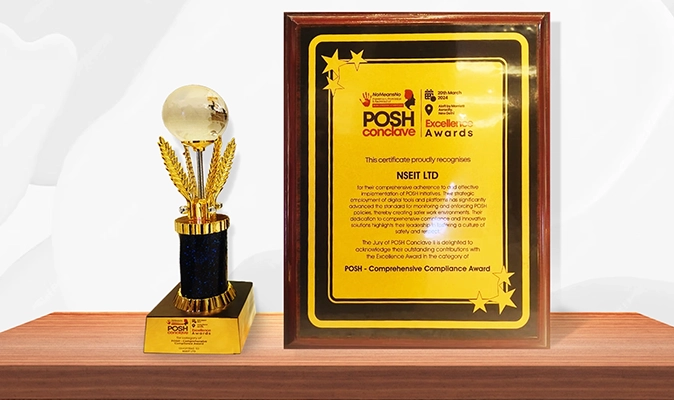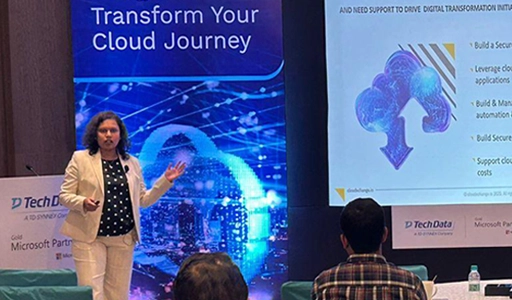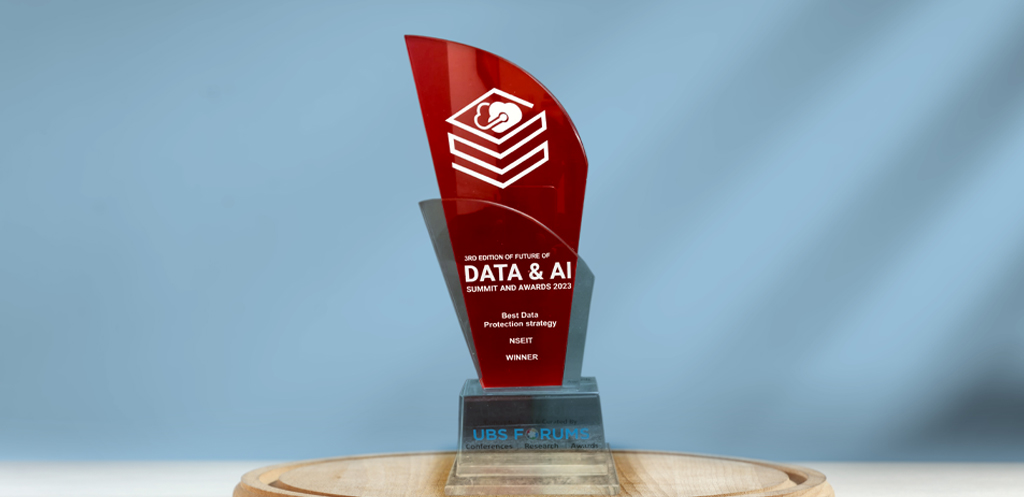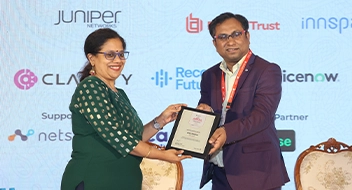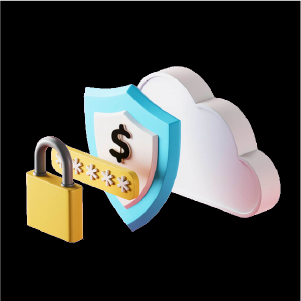digital progress
We converge data, cloud, cybersecurity, and digital engineering by leveraging transformation solutions to stretch the boundaries of possibilities
![]() .
.
Lead the frontiers of digital transformation by jumping ahead of the rapidly shrinking innovation S-curves. At NSEIT, we help you forge a new reality that is intuitive, frictionless, and future-proof.
Shaping tomorrow with agile, connected, resilient, and digital-first businesses.
5 FORTUNE 50
companies
300+
global businesses
INNOVATION COUNCIL
for continuous excellence
EMEA & NORTH AMERICA
seamlessly
22 FORTUNE 500
companies
BILLIONS
of real-time transactions
We at NSEIT engineer world-class solutions to solve complex business challenges for our global customers. As a digital-native, cloud-first business partner, we orchestrate rapid digital transformation equipped for scale, criticality, and resilience.

hyper-personalized
digital experiences, faster
Achieve business and experience transformation with digital engineering solutions

Simplify your cloud journey in hybrid and multi-cloud environments
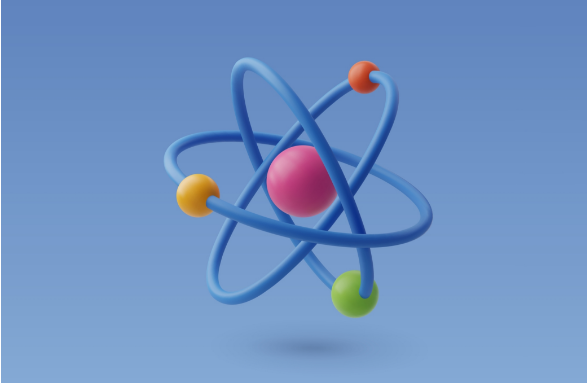
Design, implement, and sustain 360° managed detection and response services

Leverage data science and AI/ML models to stay ahead in the game
- Applications
- CLOUD
- CYBERSECURITY
- Data & analytics

hyper-personalized
digital experiences, faster
Achieve business and experience transformation with digital engineering solutions

Simplify your cloud journey in hybrid and multi-cloud environments

Design, implement, and sustain 360° managed detection and response services

Leverage data science and AI/ML models to stay ahead in the game
We were born to handle accuracy, security, reliability, and speed at scale. Our NSE pedigree has evolved into cutting-edge solutions that are solving the most pressing problems across industries. Our powerful partnerships, alliances, and relationships as a noteworthy digital transformation service provider thrive on trust, inspired by our ethical business practices.
20+ YEARS
of expertise
3,000+
digital experts
STRATEGIC
acquisitions in cloud and cybersecurity
800+
cybersecurity experts
Digital Partner
for 4 leading exchanges
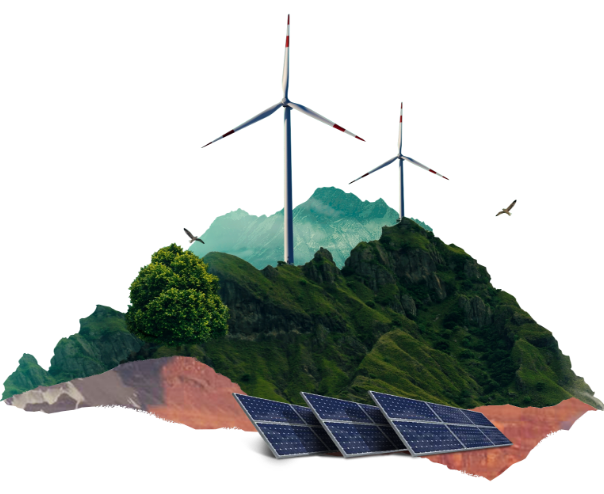
Economic progress can no longer be separated from sustainability goals. We must recognize and leverage ecosystem interdependencies to proactively create positive change and move forward on the ESG goals.
Anantharaman Sreenivasan, MD & CEO
-
 Banking
Banking
-
 Capital Markets
Capital Markets
-
 Insurance
Insurance
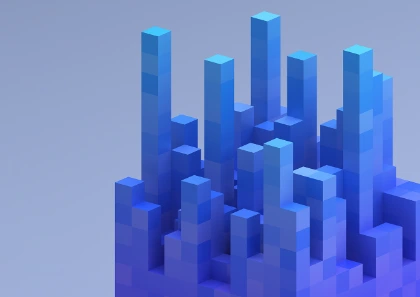
innovative delivery models for superior CX

Over two decades of digital transformation leadership in building modern, scalable, and responsive systems

Trusted digital transformation partner for leading insurance companies

innovative delivery models for superior CX

Over two decades of digital transformation leadership in building modern, scalable, and responsive systems

Trusted digital transformation partner for leading insurance companies
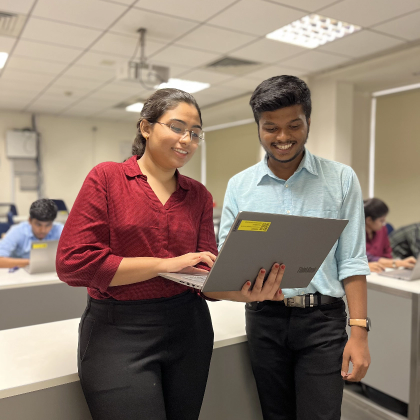
At NSEIT, we believe in the power of people and their ability to make an impact. We believe that, given the agility to adapt and evolve, people can come together to create brilliant things. Things that shape and change the future. Things that shift the gears of progress and propel us forward toward a better tomorrow. We’ve built a culture that embodies these beliefs and gives you the digital transformation tools to design for progress.
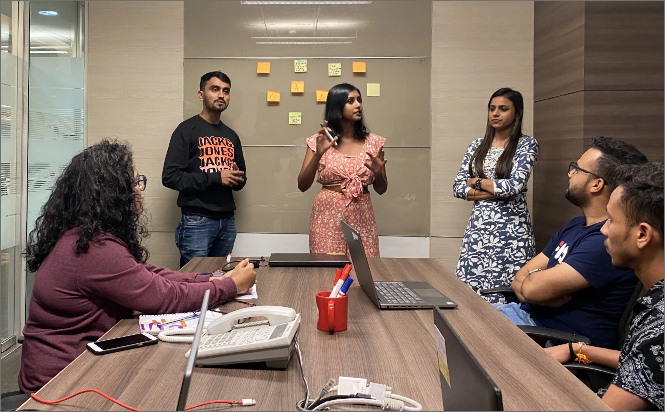
NSEIT believes in fostering a culture of transparency, integrity, and ethical conduct. We encourage our employees, clients, and stakeholders to actively participate in maintaining these values. If you encounter any complaints about financial or operational mismanagement, preferential treatment, conflict of interest, or violations of legal and regulatory provisions, we would like you to act as a whistleblower. Your voice matters, and we are committed to providing a safe and confidential platform for you to report any concerns. By speaking up, you contribute to maintaining our organization’s highest standards of ethics and governance. We promise that your identity will be protected, and your concerns will be handled with utmost confidentiality. Please write to us at whistleblower@nseit.com.
